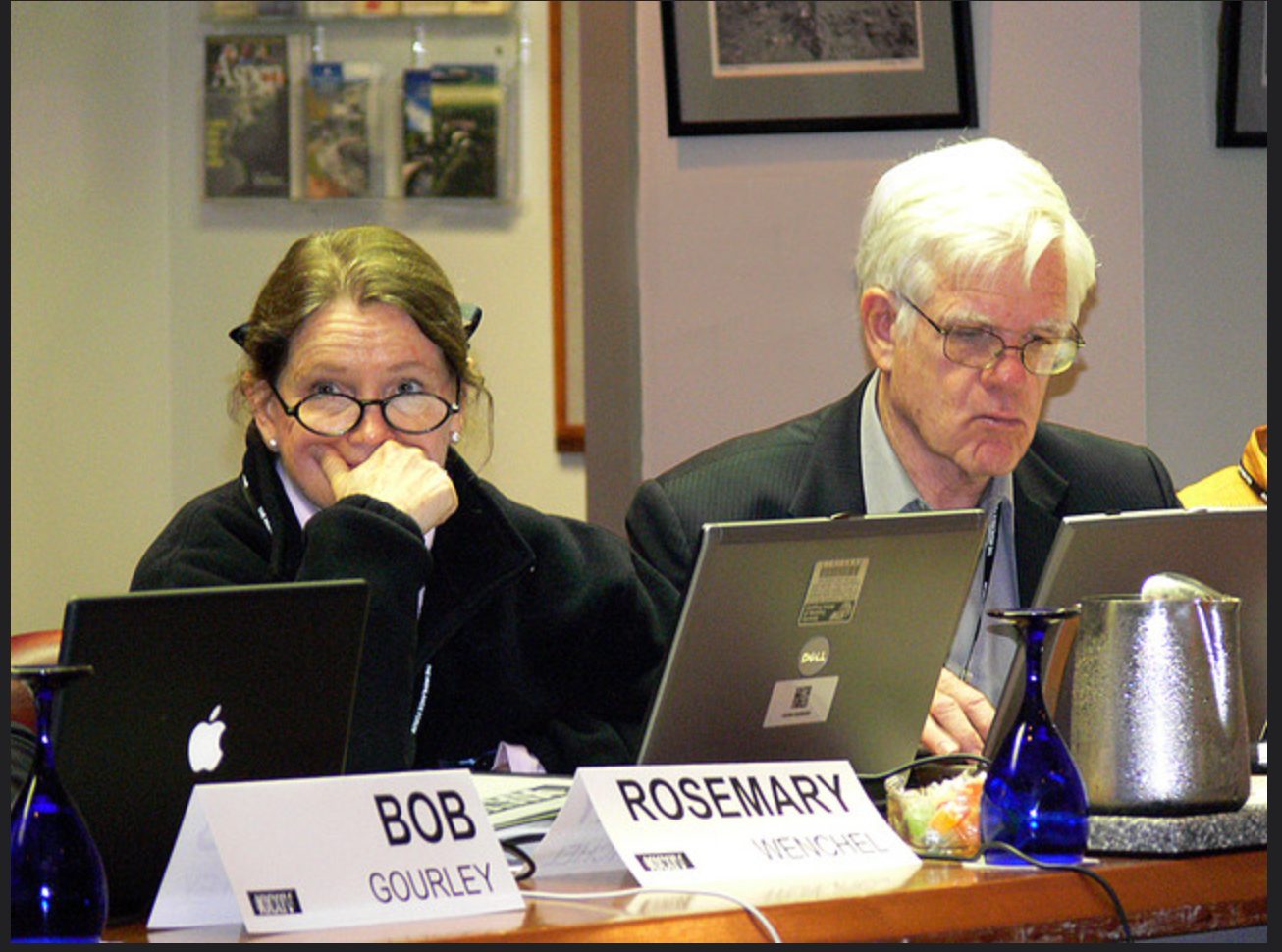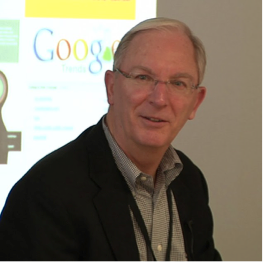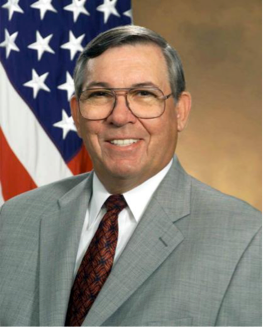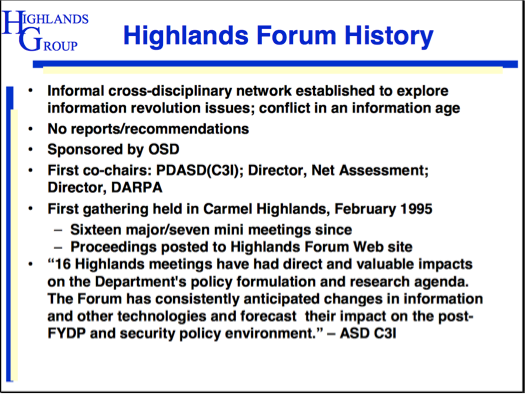
This masterful white paper documents the events and people surrounding the founding of Google. It should be read and understood by every American because it represents the greatest social engineering program of all time. Google was not accidental, nor was it simply fulfilling the needs of a new marketplace. ⁃ TN Editor
Part I
In the wake of the Charlie Hebdo attacks in Paris, western governments are moving fast to legitimize expanded powers of mass surveillance and controls on the internet, all in the name of fighting terrorism.
US and European politicians have called to protect NSA-style snooping, and to advance the capacity to intrude on internet privacy by outlawing encryption. One idea is to establish a telecoms partnership that would unilaterally delete content deemed to “fuel hatred and violence” in situations considered “appropriate.” Heated discussions are going on at government and parliamentary level to explore cracking down on lawyer-client confidentiality.
What any of this would have done to prevent the Charlie Hebdo attacks remains a mystery, especially given that we already know the terrorists were on the radar of French intelligence for up to a decade.
There is little new in this story. The 9/11 atrocity was the first of many terrorist attacks, each succeeded by the dramatic extension of draconian state powers at the expense of civil liberties, backed up with the projection of military force in regions identified as hotspots harbouring terrorists. Yet there is little indication that this tried and tested formula has done anything to reduce the danger. If anything, we appear to be locked into a deepening cycle of violence with no clear end in sight.
As our governments push to increase their powers, INSURGE INTELLIGENCE can now reveal the vast extent to which the US intelligence community is implicated in nurturing the web platforms we know today, for the precise purpose of utilizing the technology as a mechanism to fight global ‘information war’ — a war to legitimize the power of the few over the rest of us. The lynchpin of this story is the corporation that in many ways defines the 21st century with its unobtrusive omnipresence: Google.
Google styles itself as a friendly, funky, user-friendly tech firm that rose to prominence through a combination of skill, luck, and genuine innovation. This is true. But it is a mere fragment of the story. In reality, Google is a smokescreen behind which lurks the US military-industrial complex.
The inside story of Google’s rise, revealed here for the first time, opens a can of worms that goes far beyond Google, unexpectedly shining a light on the existence of a parasitical network driving the evolution of the US national security apparatus, and profiting obscenely from its operation.
The shadow network
For the last two decades, US foreign and intelligence strategies have resulted in a global ‘war on terror’ consisting of prolonged military invasions in the Muslim world and comprehensive surveillance of civilian populations. These strategies have been incubated, if not dictated, by a secret network inside and beyond the Pentagon.
Established under the Clinton administration, consolidated under Bush, and firmly entrenched under Obama, this bipartisan network of mostly neoconservative ideologues sealed its dominion inside the US Department of Defense (DoD) by the dawn of 2015, through the operation of an obscure corporate entity outside the Pentagon, but run by the Pentagon.
In 1999, the CIA created its own venture capital investment firm, In-Q-Tel, to fund promising start-ups that might create technologies useful for intelligence agencies. But the inspiration for In-Q-Tel came earlier, when the Pentagon set up its own private sector outfit.
Known as the ‘Highlands Forum,’ this private network has operated as a bridge between the Pentagon and powerful American elites outside the military since the mid-1990s. Despite changes in civilian administrations, the network around the Highlands Forum has become increasingly successful in dominating US defense policy.
Giant defense contractors like Booz Allen Hamilton and Science Applications International Corporation are sometimes referred to as the ‘shadow intelligence community’ due to the revolving doors between them and government, and their capacity to simultaneously influence and profit from defense policy. But while these contractors compete for power and money, they also collaborate where it counts. The Highlands Forum has for 20 years provided an off the record space for some of the most prominent members of the shadow intelligence community to convene with senior US government officials, alongside other leaders in relevant industries.
I first stumbled upon the existence of this network in November 2014, when I reported for VICE’s Motherboard that US defense secretary Chuck Hagel’s newly announced ‘Defense Innovation Initiative’ was really about building Skynet — or something like it, essentially to dominate an emerging era of automated robotic warfare.
That story was based on a little-known Pentagon-funded ‘white paper’ published two months earlier by the National Defense University (NDU) in Washington DC, a leading US military-run institution that, among other things, generates research to develop US defense policy at the highest levels. The white paper clarified the thinking behind the new initiative, and the revolutionary scientific and technological developments it hoped to capitalize on.
The Highlands Forum
The co-author of that NDU white paper is Linton Wells, a 51-year veteran US defense official who served in the Bush administration as the Pentagon’s chief information officer, overseeing the National Security Agency (NSA) and other spy agencies. He still holds active top-secret security clearances, and according to a report by Government Executive magazine in 2006 he chaired the ‘Highlands Forum’, founded by the Pentagon in 1994.

Linton Wells II (right) former Pentagon chief information officer and assistant secretary of defense for networks, at a recent Pentagon Highlands Forum session. Rosemary Wenchel, a senior official in the US Department of Homeland Security, is sitting next to him
New Scientistmagazine (paywall) has compared the Highlands Forum to elite meetings like “Davos, Ditchley and Aspen,” describing it as “far less well known, yet… arguably just as influential a talking shop.” Regular Forum meetings bring together “innovative people to consider interactions between policy and technology. Its biggest successes have been in the development of high-tech network-based warfare.”
Given Wells’ role in such a Forum, perhaps it was not surprising that his defense transformation white paper was able to have such a profound impact on actual Pentagon policy. But if that was the case, why had no one noticed?
Despite being sponsored by the Pentagon, I could find no official page on the DoD website about the Forum. Active and former US military and intelligence sources had never heard of it, and neither did national security journalists. I was baffled.
The Pentagon’s intellectual capital venture firm
In the prologue to his 2007 book, A Crowd of One: The Future of Individual Identity, John Clippinger, an MIT scientist of the Media Lab Human Dynamics Group, described how he participated in a “Highlands Forum” gathering, an “invitation-only meeting funded by the Department of Defense and chaired by the assistant for networks and information integration.” This was a senior DoD post overseeing operations and policies for the Pentagon’s most powerful spy agencies including the NSA, the Defense Intelligence Agency (DIA), among others. Starting from 2003, the position was transitioned into what is now the undersecretary of defense for intelligence. The Highlands Forum, Clippinger wrote, was founded by a retired US Navy captain named Dick O’Neill. Delegates include senior US military officials across numerous agencies and divisions — “captains, rear admirals, generals, colonels, majors and commanders” as well as “members of the DoD leadership.”
What at first appeared to be the Forum’s main website describes Highlands as “an informal cross-disciplinary network sponsored by Federal Government,” focusing on “information, science and technology.” Explanation is sparse, beyond a single ‘Department of Defense’ logo.
But Highlands also has another website describing itself as an “intellectual capital venture firm” with “extensive experience assisting corporations, organizations, and government leaders.” The firm provides a “wide range of services, including: strategic planning, scenario creation and gaming for expanding global markets,” as well as “working with clients to build strategies for execution.” ‘The Highlands Group Inc.,’ the website says, organizes a whole range of Forums on these issue.
For instance, in addition to the Highlands Forum, since 9/11 the Group runs the ‘Island Forum,’ an international event held in association with Singapore’s Ministry of Defense, which O’Neill oversees as “lead consultant.” The Singapore Ministry of Defense website describes the Island Forum as “patterned after the Highlands Forum organized for the US Department of Defense.” Documents leaked by NSA whistleblower Edward Snowden confirmed that Singapore played a key role in permitting the US and Australia to tap undersea cables to spy on Asian powers like Indonesia and Malaysia.
The Highlands Group website also reveals that Highlands is partnered with one of the most powerful defense contractors in the United States. Highlands is “supported by a network of companies and independent researchers,” including “our Highlands Forum partners for the past ten years at SAIC; and the vast Highlands network of participants in the Highlands Forum.”
SAIC stands for the US defense firm, Science Applications International Corporation, which changed its name to Leidos in 2013, operating SAIC as a subsidiary. SAIC/Leidos is among the top 10 largest defense contractors in the US, and works closely with the US intelligence community, especially the NSA. According to investigative journalist Tim Shorrock, the first to disclose the vast extent of the privatization of US intelligence with his seminal book Spies for Hire, SAIC has a “symbiotic relationship with the NSA: the agency is the company’s largest single customer and SAIC is the NSA’s largest contractor.”

Richard ‘Dick’ Patrick O’Neill, founding president of the Pentagon’s Highlands Forum
The full name of Captain “Dick” O’Neill, the founding president of the Highlands Forum, is Richard Patrick O’Neill, who after his work in the Navy joined the DoD. He served his last post as deputy for strategy and policy in the Office of the Assistant Secretary for Defense for Command, Control, Communications and Intelligence, before setting up Highlands.
The Club of Yoda
But Clippinger also referred to another mysterious individual revered by Forum attendees:
“He sat at the back of the room, expressionless behind thick, black-rimmed glasses. I never heard him utter a word… Andrew (Andy) Marshall is an icon within DoD. Some call him Yoda, indicative of his mythical inscrutable status… He had served many administrations and was widely regarded as above partisan politics. He was a supporter of the Highlands Forum and a regular fixture from its beginning.”
Since 1973, Marshall has headed up one of the Pentagon’s most powerful agencies, the Office of Net Assessment (ONA), the US defense secretary’s internal ‘think tank’ which conducts highly classified research on future planning for defense policy across the US military and intelligence community. The ONA has played a key role in major Pentagon strategy initiatives, including Maritime Strategy, the Strategic Defense Initiative, the Competitive Strategies Initiative, and the Revolution in Military Affairs.

Andrew ‘Yoda’ Marshall, head of the Pentagon’s Office of Net Assessment (ONA) and co-chair of the Highlands Forum, at an early Highlands event in 1996 at the Santa Fe Institute. Marshall is retiring as of January 2015
In a rare 2002 profile in Wired, reporter Douglas McGray described Andrew Marshall, now 93 years old, as “the DoD’s most elusive” but “one of its most influential” officials. McGray added that “Vice President Dick Cheney, Defense Secretary Donald Rumsfeld, and Deputy Secretary Paul Wolfowitz” — widely considered the hawks of the neoconservative movement in American politics — were among Marshall’s “star protégés.”
Speaking at a low-key Harvard University seminar a few months after 9/11, Highlands Forum founding president Richard O’Neill said that Marshall was much more than a “regular fixture” at the Forum. “Andy Marshall is our co-chair, so indirectly everything that we do goes back into Andy’s system,” he told the audience. “Directly, people who are in the Forum meetings may be going back to give briefings to Andy on a variety of topics and to synthesize things.” He also said that the Forum had a third co-chair: the director of the Defense Advanced Research and Projects Agency (DARPA), which at that time was a Rumsfeld appointee, Anthony J. Tether. Before joining DARPA, Tether was vice president of SAIC’s Advanced Technology Sector.

Anthony J. Tether, director of DARPA and co-chair of the Pentagon’s Highlands Forum from June 2001 to February 2009
The Highlands Forum’s influence on US defense policy has thus operated through three main channels: its sponsorship by the Office of the Secretary of Defense (around the middle of last decade this was transitioned specifically to the Office of the Undersecretary of Defense for Intelligence, which is in charge of the main surveillance agencies); its direct link to Andrew ‘Yoda’ Marshall’s ONA; and its direct link to DARPA.

A slide from Richard O’Neill’s presentation at Harvard University in 2001
According to Clippinger in A Crowd of One, “what happens at informal gatherings such as the Highlands Forum could, over time and through unforeseen curious paths of influence, have enormous impact, not just within the DoD but throughout the world.” He wrote that the Forum’s ideas have “moved from being heretical to mainstream. Ideas that were anathema in 1999 had been adopted as policy just three years later.”
Although the Forum does not produce “consensus recommendations,” its impact is deeper than a traditional government advisory committee. “The ideas that emerge from meetings are available for use by decision-makers as well as by people from the think tanks,” according to O’Neill:
“We’ll include people from Booz, SAIC, RAND, or others at our meetings… We welcome that kind of cooperation, because, truthfully, they have the gravitas. They are there for the long haul and are able to influence government policies with real scholarly work… We produce ideas and interaction and networks for these people to take and use as they need them.”
My repeated requests to O’Neill for information on his work at the Highlands Forum were ignored. The Department of Defense also did not respond to multiple requests for information and comment on the Forum.
https://www.theburningplatform.com/2021/04/22/flashback-how-and-why-the-cia-made-google/
